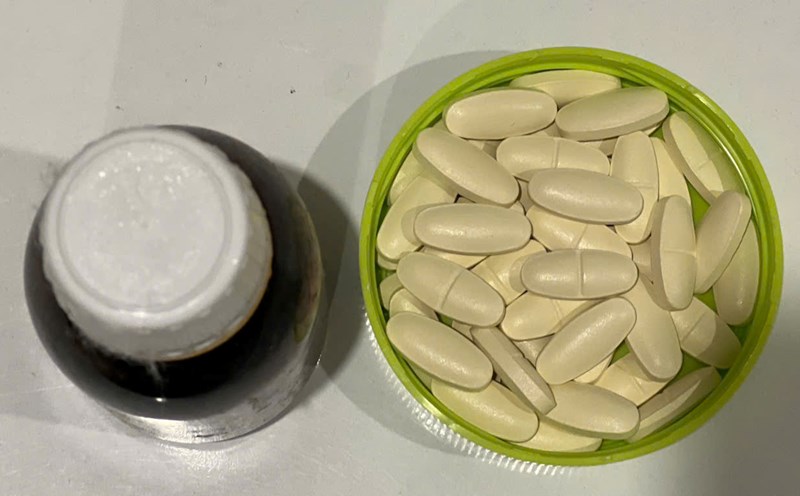Lettuce
Lettuce is rich in minerals and fiber, which can slow down complications of blood vessels caused by diabetes.
Lactucin in lettuce can lower cholesterol and reduce neurological failure. The fiber in lettuce can reduce the glycemic index after meals.
Amaranth
Amaranth contains a lot of magnesium. Magnesium supplementation can improve glucose tolerance, reduce insulin dosage and help control blood sugar levels in people with diabetes.
Magnesium also helps protect coronary artery health and heart function. Eating amaranth regularly can also help excrete excess water from the body and maintain stable blood pressure.
Therefore, people with high blood pressure and diabetes can eat a lot of amaranth.
Beetroot
radish is rich in vitamin C, which has the effect of strengthening the immune system, regulating blood pressure, helping wounds heal quickly and effectively preventing diabetes complications.
At the same time, xenluloza in radishes has the effect of stabilizing blood sugar levels and helping to stabilize the excretion of xenluloza in the intestines.
It also contains a component called glucosinolate, which can help the human body fight oxidation and reduce cholesterol and blood sugar levels.
Kelp
Cushed algae rich in fiber, trace elements, vitamins and other substances. Most fiber in the diet will not be metabolized by enzymes in the digestive tract. It can reduce the pH of the intestines, accelerate the metabolism of bile acid, reduce the level of cholesterol in the blood. At the same time, increase the peripheral sensitivity of insulin cells by increasing the feeling of fullness in the stomach, thus achieving hypoglycemic effect.











